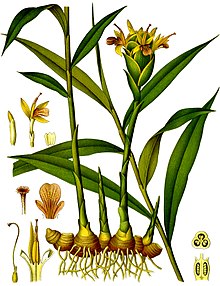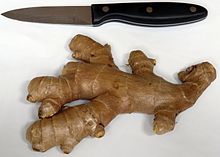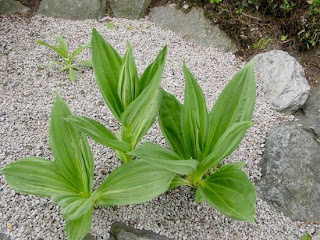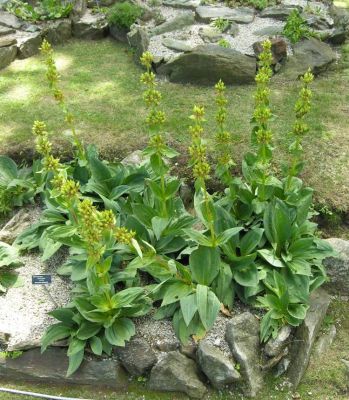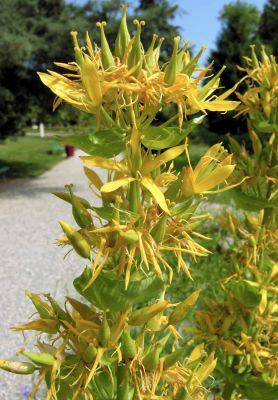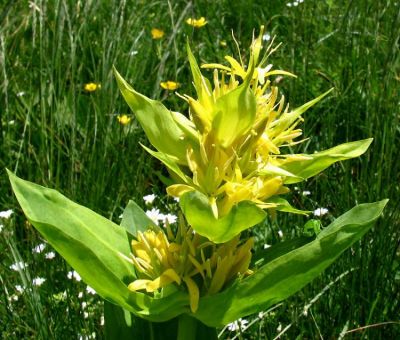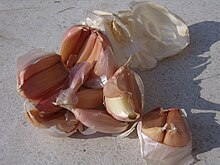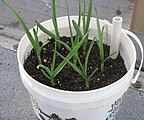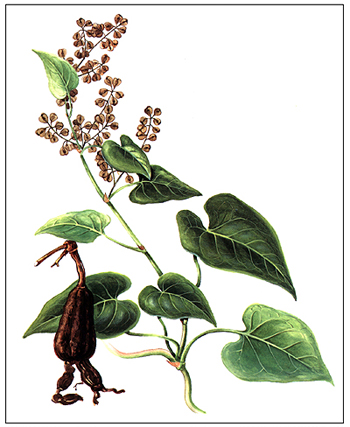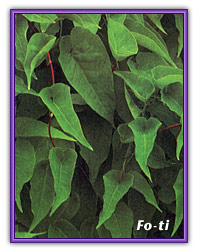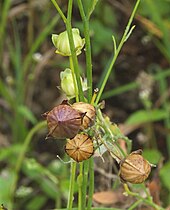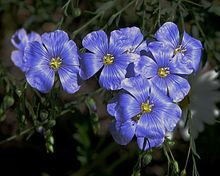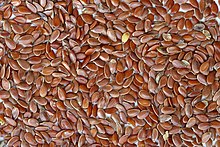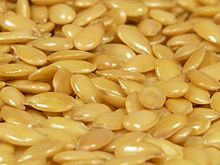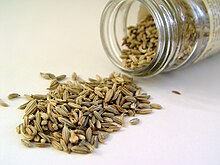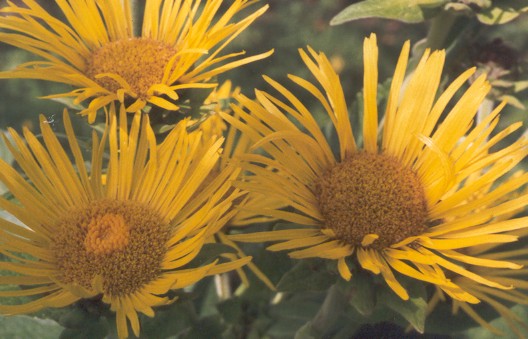(Panax ginseng)
According to Traditional Chinese Medicine, Panax ginseng promotes yang energy, improves circulation, increases blood supply, revitalizes and aids recovery from weakness after illness, and stimulates the body. It is available in four forms:
*The form called fresh ginseng is the raw product.
*The form called white ginseng (WG) is fresh ginseng which has been dried.
*The form called red ginseng (RG) is harvested after six years, is not peeled and is steam-cured at standard boiling temperatures of 100 degrees Celsius, thereby giving it a glossy reddish-brown color.
*The form called sun ginseng (SG) is created from a heat processing method which increases ginsenoside components such as ginsenoside by steaming white ginseng at a higher temperature than red ginseng.
The botanical/genus name Panax means "all-heal" in Greek, sharing the same origin as "panacea," and was applied to this genus because Linnaeus was aware of its wide use in Chinese medicine as a muscle relaxant.
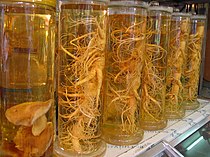 |
| Ginseng roots |
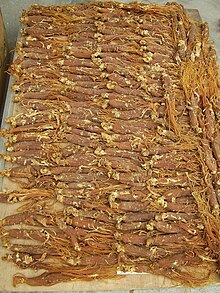 |
| Red ginseng |
 |
| Harvested ginseng |
 |
| Panax quinquefolius foliage and fruit |
Properties: alternative, stimulant, stomachic, tonic.
What it affects: heart and circulation, general effects on the whole body.
Preparation and amount:
Decoction: simmer 15-60 min . Use about 1/4 oz. of herb to 1 pint of water and drink4 oz. 3 x a day.
Tincture: 2--60 drops 3 x a day.
Fluid extract: 1/2- 2 tsp. 3 x a day.
Powder 2-5 #0 capsules (15-30 grains) 3 x a a day
Purposes:
Internally, ginseng is specially used for feverish and inflammatory illnesses, for hemorrhage, and for good diseases. Women take it for everything from normalizing menstruation to easing childbirth. It strengthens the adrenal and reproductive glands. It promotes lung functioning, enhances immune function, and stimulates the appetite. It helps digestive disturbances. it is mildly stimulating to the central nervous system and the endocrines. It is useful for bronchitis, diabetes, infertility, lack of energy and stress. It protects against the effects of radiation exposure and helps in withdrawal from cocaine. Because it is a demulcent, the tea taken hot is effective for colds, chest troubles and coughs. It helps to normalize blood pressure, tone the heart,increase circulation and reduce cholesterol. It reduces blood sugar, which is helpful for diabetics. Its nutritional qualities help alleviate anemia.
Note: Only use thoroughly dried roots. The value of ginseng is overblown, but it is still a useful herb. Do not take it at night, for it will keep you awake.
Chinese ginseng (Panax ginseng) is thought to be far better than the North American variety. But, in reality, American ginseng( Panax quinquefolius) is essentially the same as the Chinese version! So much so that the bulk of the U.S. crop (most of which is grown under cultivation in Wisconsin) s shipped to Europe and Asia, to supplement the supply from the Orient (which is primarily grown in Korea)
